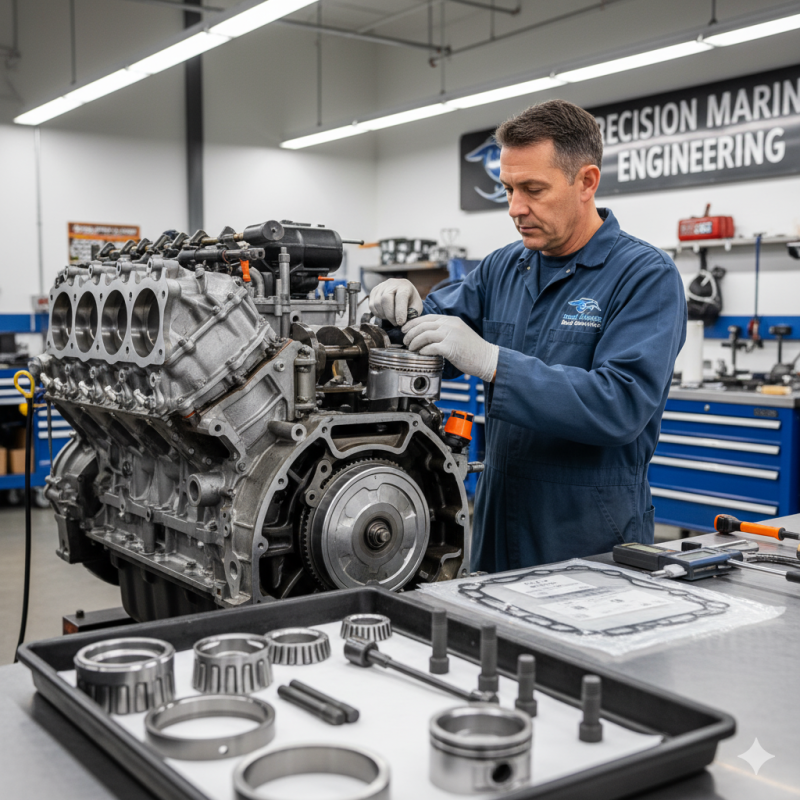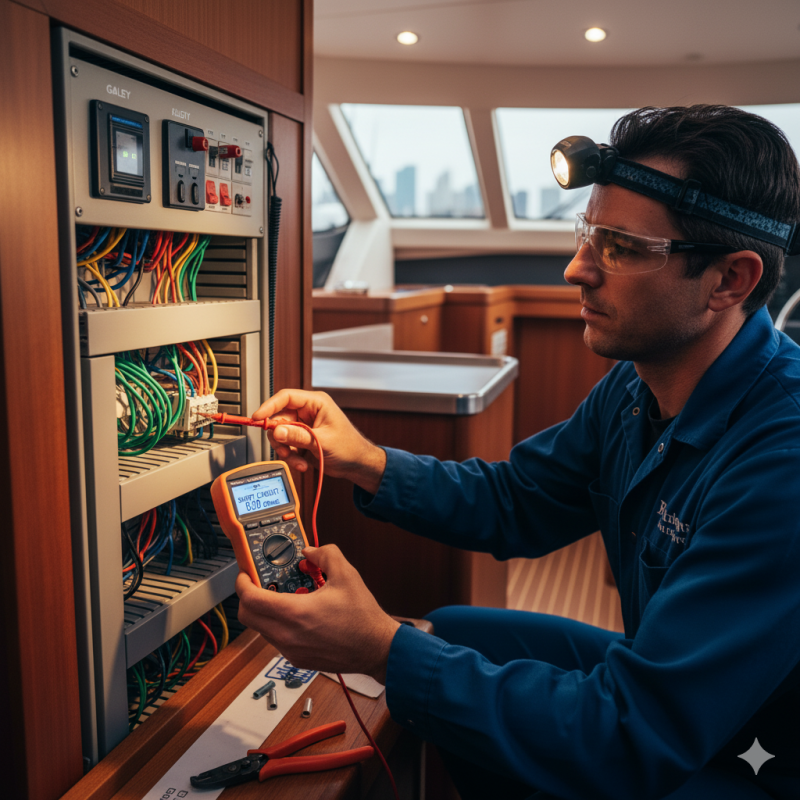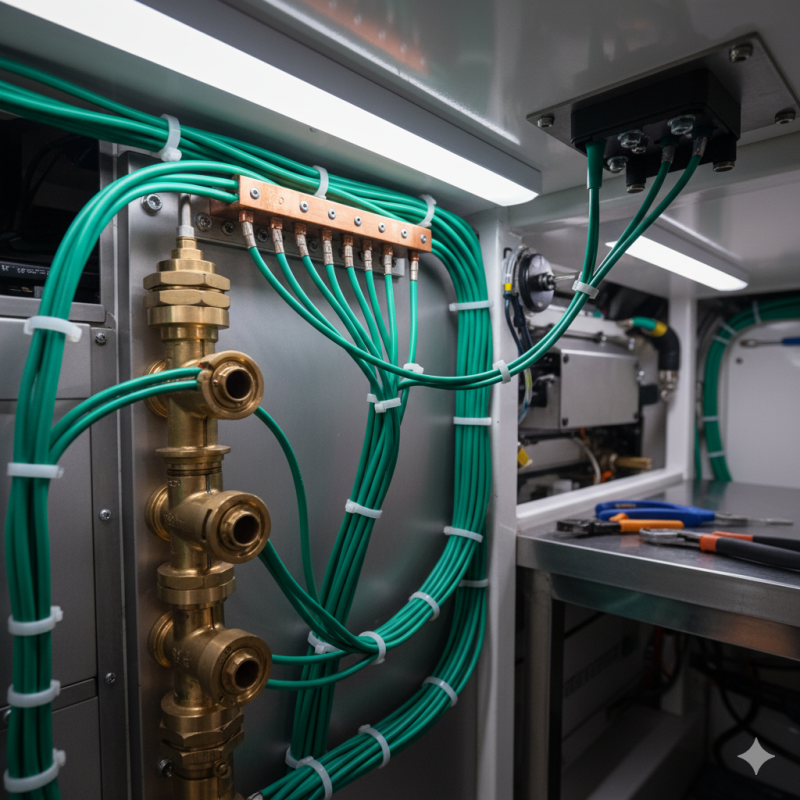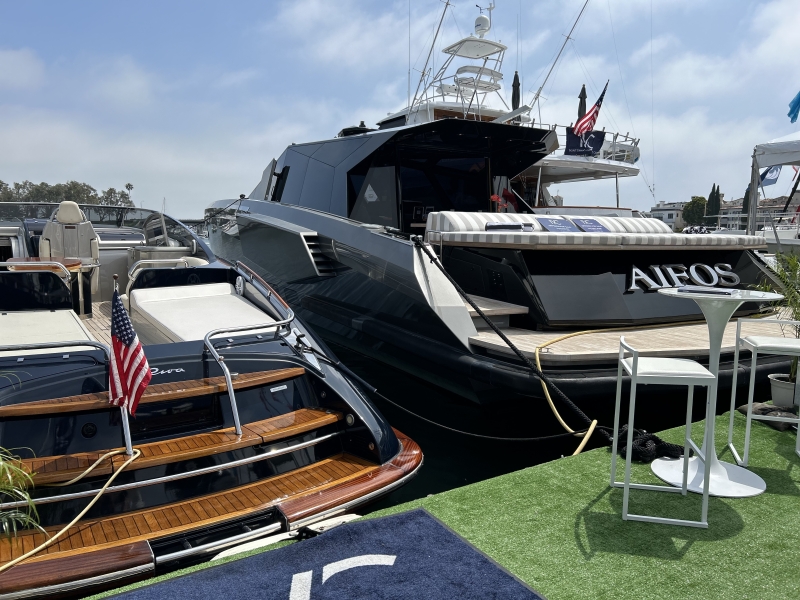Ultimate Spring Boat Prep List Breeze Marine Long Beach

The Ultimate Spring Commissioning Checklist: Getting Your Long Beach Boat Seaworthy
The winter chill is finally fading, and the warm, sunny days Long Beach is famous for are calling you back to the water. But after a long season in storage or at the dock, your boat or yacht needs more than just a quick rinse before it's ready for a safe and trouble-free season. Rushing to launch without a proper spring commissioning can lead to failed systems, costly mid-season repairs, and worst of all, a day of boating cut short. This comprehensive checklist will guide you through the essential steps to de-winterize and prepare your vessel.
As Long Beach's trusted partner in marine service, Breeze Marine Boat Service LLC has seen firsthand what happens when critical maintenance is skipped. We've compiled this detailed guide to help you be thorough. While some steps are manageable for a DIY owner, many require a professional eye to spot hidden issues. This is where our expertise in boat maintenance and yacht repair becomes invaluable.
Hull and Deck: Your First Line of Defense
Your hull is the most critical component of your vessel. A thorough inspection now can prevent serious problems later. Look for any blisters, dings, or spider cracks in the gelcoat. For boat owners in Long Beach, the warm saltwater environment makes proper hull maintenance and antifouling paint absolutely essential to prevent aggressive marine growth.
- Inspect the Hull: Carefully examine the entire hull for any damage that may have occurred over the winter. Pay close attention to the waterline.
- Check Sacrificial Anodes (Zincs): These are designed to corrode instead of your expensive metal fittings. If they are more than 50% worn, they must be replaced.
- Antifouling Paint: Is your bottom paint worn, flaking, or chalky? A fresh coat is your best defense. This is a vital part of boat maintenance in our local waters.
- Thru-Hulls and Seacocks: Inspect all thru-hull fittings for cracks or damage. Open and close every seacock to ensure it operates smoothly and closes fully. A stuck seacock is a major safety hazard.
- Deck and Fittings: Check all cleats, railings, and stanchions to ensure they are secure. Look for any loose hardware or signs of water intrusion around the fittings.
- Wash and Wax: A thorough cleaning of the hull and deck not only makes your boat look great but also protects the gelcoat from UV damage.
Engine and Mechanical Systems: The Heartbeat of Your Boat
This is the area where boat troubleshooting most often begins, and where professional service is highly recommended. Your engine, fuel, and electrical systems are complex and interconnected. While you can perform visual checks, a professional boat service technician has the diagnostic tools to spot underlying issues.
At Breeze Marine Boat Service LLC, our Long Beach boat repair team handles everything from basic tune-ups to complete engine diagnostics. Here's what needs to be on your list:
- Fuel System: This is a major one. Inspect all fuel lines for cracking or brittleness. Change all fuel filters (primary and secondary). Check the fuel tank for any signs of water contamination, a common issue after winter. This is a key part of marine fuel system health.
- Engine Oil and Fluids: Change the engine oil and filter. Check and top off transmission fluid, coolant, and hydraulic steering fluid.
- Belts and Hoses: Inspect all belts for proper tension and signs of wear (cracking, glazing). Squeeze all cooling hoses; they should be firm, not mushy or brittle. Replace any that seem suspect.
- Water Pump: Inspect the raw water pump impeller. This rubber component can become brittle and fail, leading to rapid overheating. It's often best to replace it as a preventative measure each season.
- Running Gear: Inspect the propeller(s) for any dings, pitting, or damage. Check the cutlass bearing for excessive "play" by grabbing the prop shaft and trying to move it. Ensure the prop nut and cotter pin are secure.
Electrical and Safety Systems: Your Onboard Lifelines
A dead battery or a faulty wire can be just as much of a show-stopper as an engine problem. Modern boats rely heavily on their electrical systems for navigation, communication, and basic comforts. This is a common area for boat troubleshooting that our marine service team excels at.
- Battery Check: Clean all battery terminals until they are bright and free of corrosion. Top off fluid levels (for non-sealed batteries) and use a multimeter to check the charge. A load test is the best way to confirm the battery's health.
- Test All Electronics: Turn on your entire electronics suite: VHF radio, GPS/chartplotter, radar, depth sounder, and stereo. Test your VHF with a radio check.
- Inspect Wiring: Perform a visual inspection of wiring, especially in the engine room and behind the dash. Look for any chafed, burnt, or loose connections.
- Check All Lights: Test your navigation lights (port, starboard, stern, and anchor) as well as all courtesy and cabin lights.
- Safety Gear Check: This is non-negotiable. Inspect all life jackets. Check the expiration dates on your flares and fire extinguishers. Test your bilge pumps (both automatic and manual switches) and high-water alarms.
Getting your boat ready for the season is an exciting time, but it's also a critical task. This checklist covers the essentials, but a comprehensive inspection by a qualified technician is the best way to ensure a safe and reliable boating season. Whether you're a seasoned mariner or a new boat owner, our team is here to help.
Don't let a missed maintenance item ruin your time on the water. For expert spring commissioning and all your boat maintenance needs in Long Beach, trust the professionals. Contact Breeze Marine Boat Service LLC today for a consultation and get back to boating with confidence!









